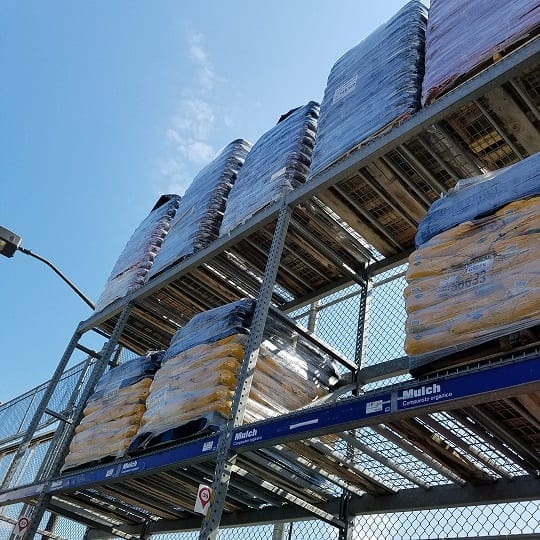From a competitive standpoint, it makes sense for a large retailer to store goods in its own retail premises rather than at a warehouse that it rents or buys that’s miles from its place of business. That’s the model that retail warehouses are based on, so now we have Walmart, Kmart, Sam’s Club, Costco, Home Depot, Lowe’s and many other retailers that operate retail warehouses. There’s only so much horizontal floor space in these stores though, so merchandise is often stored vertically 10 to 15 feet high. By storing goods that high, the risk of merchandise falling on customers increases significantly. There’s usually little or no warning of an accident either.
Stacked merchandise isn’t limited to toilet tissue and pillows. It can include products that weigh five to 50 pounds like:
- Paint, primer and thinner
- Mulch
- Appliances
- Power tools
- Boxes of bottled water
- Petroleum products
- Boxes of canned vegetables

With about 160 Walmarts, 105 Costcos and 65 K-marts scattered around California, that’s a mountain of stacked merchandise waiting for the law of gravity and an avalanche. In court documents, Walmart admitted that it received a minimum of 17,000 customer injury claims in connection with falling merchandise over a six year period. It also received about 7,000 of such employee claims.
 How Much Is Your Settlement Worth?
How Much Is Your Settlement Worth?
Schedule a completely free, no obligation consultation with our team
Schedule Consultation
High stacking and high safety risks
Common characteristics of retail warehouses are high stacking and below average to poor customer assistance and employee training. Employees and customers often use ladders or anything else to climb to a product. Sometimes they even climb on the shelving themselves. Merchandise is often stacked in an unstable manner with too high of a center of gravity and no safety bars, ties or perimeter wrap. Sometimes merchandise being stacked with a fork lift on one aisle forces merchandise stacked on the aisle next to it to fall.
When you couple the weight and speed of falling merchandise onto a shopper below it, the results can cause serious or devastating injuries like:
- Traumatic brain injuries
- Traumatic spinal cord injuries
- Facial fractures and dental damage
- Shoulder and chest fractures
- Fatalities
The retailer’s duty
Proving negligence
Nearly all falling merchandise cases are brought under the law of negligence. A person injured by falling merchandise must prove the elements of negligence. Those are that:
- A duty of care was owed to the customer
- There was a breach of that duty
- The breach of duty caused merchandise to fall
- The falling merchandise was the proximate cause of the customer’s injuries
- The customer suffered legally recognized damages
If the customer doesn’t prove any single one of those elements, his or her case fails in its entirety.
Damages
If the customer does prove all of the above elements, he or she is eligible for a damages award. Those damages might consist of:
- Past and future medical bills
- Past and future lost earnings
- Any permanent disfigurement
- Any permanent disability
- Pain and suffering
- Loss of a normal life
- Funeral and burial costs in the event of a wrongful death
Comparative negligence
Contact a Los Angeles Falling Merchandise Injury Lawyer
Judges are well aware of the perils of high stacking and the dangers that come with it. Don’t give a statement to the store owner in the event that you’re injured by falling merchandise. Insist on calling 911 and being taken to the nearest emergency room. Then call us for a free consultation and case evaluation. There’s no obligation, and no legal fees are owed unless we obtain a settlement or verdict for you. It’s highly likely that you’re entitled to full and complete damages when merchandise or anything else falls on you from above.
